On June third of 2018 an estimated 4,000 residents were forced to evacuate from the village El Rodeo in Guatemala. Rock and ash exploded from the crater of El Volcan de Fuego devastating the surrounding villages. However, even prior to this disaster the residents of El Rodeo were living in hardship. Guatemala is Latin America’s sixth-smallest economy (according to the World Bank), because of this the residents of Escuintla (the department in which El Rodeo is located) are likely to return to these dangerous regions due to their economic restraint. Following the eruption, the government was insufficiently involved in the rebuilding of the affected villages. The communities were pressured to allocate their own resources and several of the places of refuge during the catastrophe. These actions lead to the creation of rudimentary informal emergency shelters, located in the city of Escuintla and adjacent villages.
The disaster in El Rodeo left the village in extreme environmental, infrastructural, and social fragmentation. Directly caused by the eruption was the environmental fragmentation. This left the village covered in ash, plagued by earth-quakes, mudslides, and polluted rivers. These environmental factors caused additional infrastructural fragmentation to occur. This included: direct damage to housing, community structures such as schools and health centers, as well as agriculture and transportation. After these communities were destroyed, the residents were burdened with a fragmentation of their own, which they carried with them to their various temporary communities. Many residents were forced to realize deaths, disappearances, and serious health threats of their relatives and neighbors. This unique pattern of fragmentation defined the environment for these individuals and their new communities.
Although these communities served a basic purpose of refuge, they had much to resolve as well. For example, residents were forced to live with extreme restriction to water, food, and personal hygiene. Other anomalies of these structures included living next-door to morgues, and having little to no room for cooking or storage. In addition to the internal conflicts of the community, even reaching the towns from the outside became problematic due to backed up transportation routes, unclear road markers, and unpaved roads.
Responding to the structures and communities developed by displaced residents of El Rodeo, my thesis seeks to address the various levels of fragmentation, that is created by diverse groups of individuals during the search for emergency housing during and post-natural disasters. Ultimately, all these pieces together effortlessly captures the essence of everyday life, by rooting itself in a specific place, time and society. The project aims to address the environmental, infrastructural, and social aspects of communal living in Guatemala. Ideally, these differing and fragmented parts will come together to create a complex, ever-changing, and diversified whole, allowing each resident to define their own emotional connection to the various spatial elements within the site.
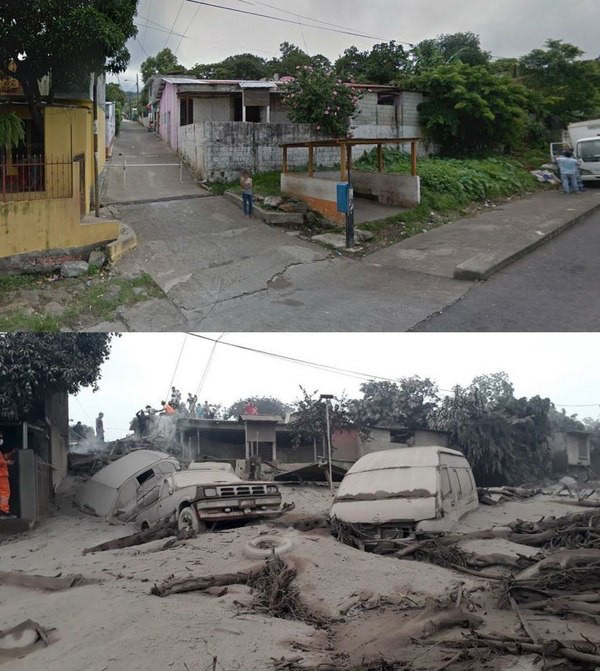
Before and After. Credits: Prensa Libre

Before and After. Credits: Prensa Libre

Before and After. Credits: Prensa Libre

Emergency Shelter. Credits: Prensa Libre

Emergency Shelter. Credits: Prensa Libre

Diagram: Scale of Impact

Site View: Built Emergency Housing

Built Emergency Housing

Built Emergency Housing

Concept: Programming

Concept: Site
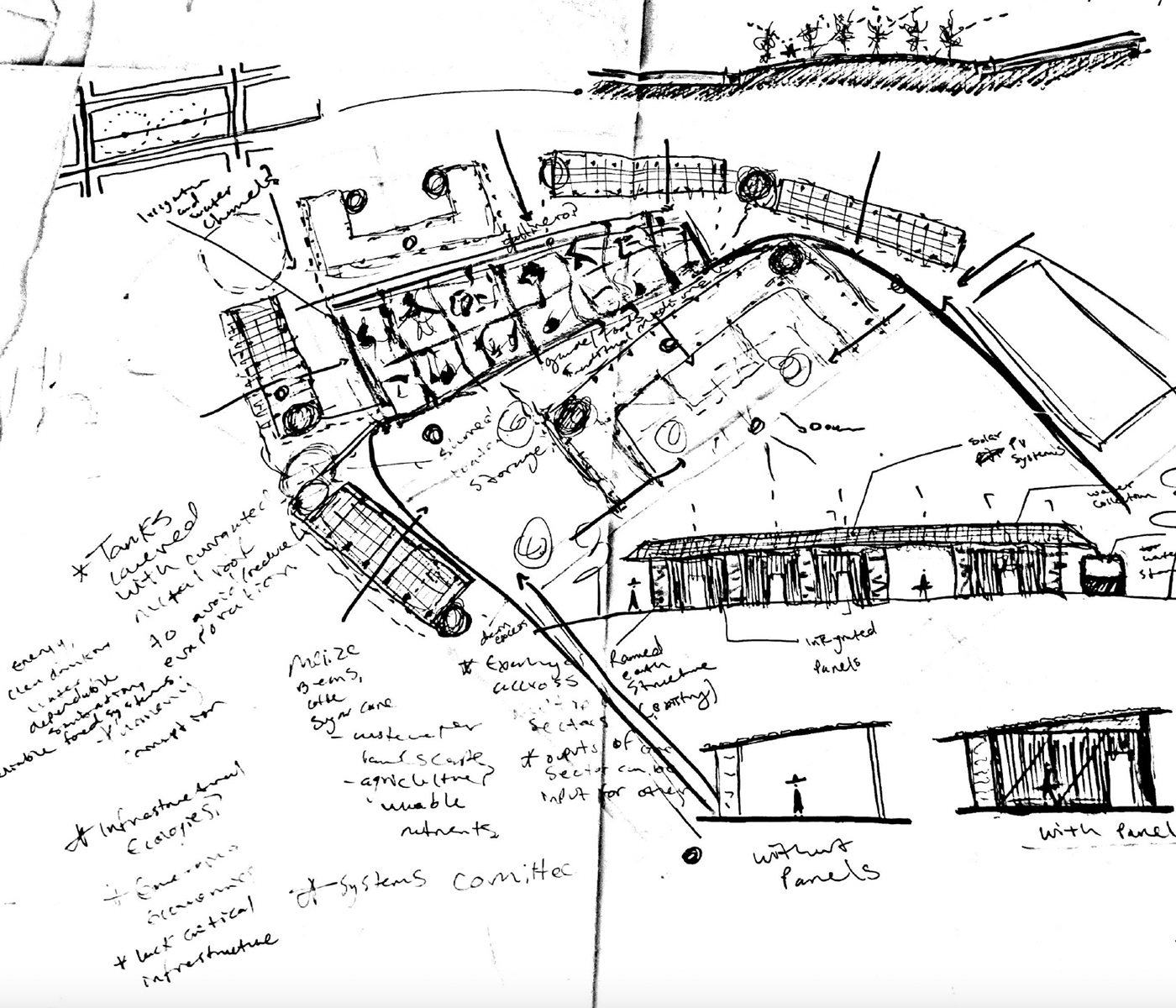
Concept: Site and Units
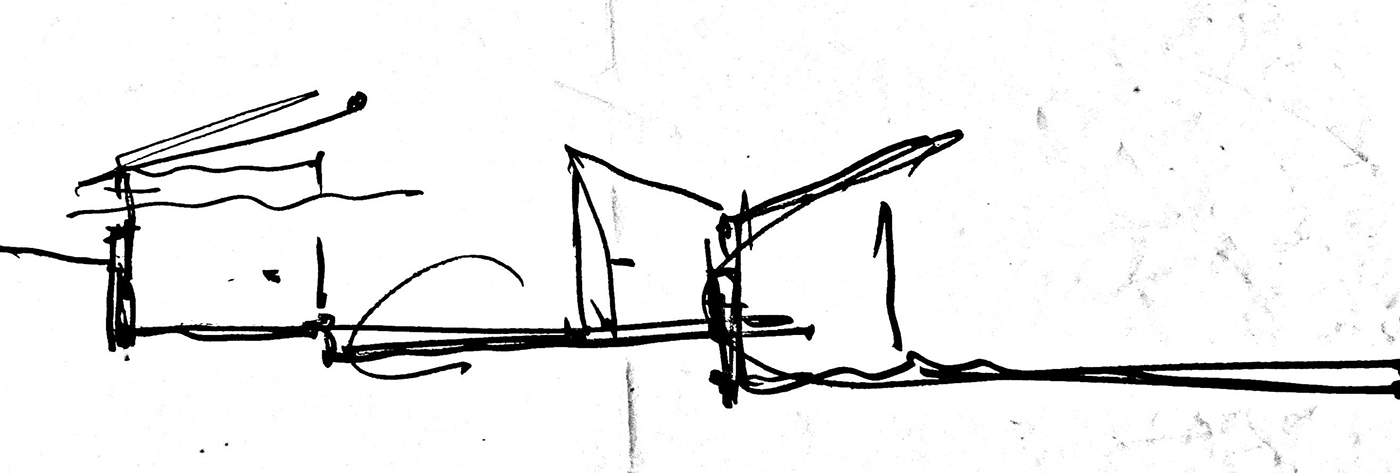
Concept: Site and Units

Concept: Units

Site: Proposed Concept

Longitudinal Section

Isometric: Exploded Drawing w/ Architectural Elements

Elevation: Units w/ Material Study

Plan: Units w/ Circulation

Isometric: Units

Perspective: Units as Emergency Shelter
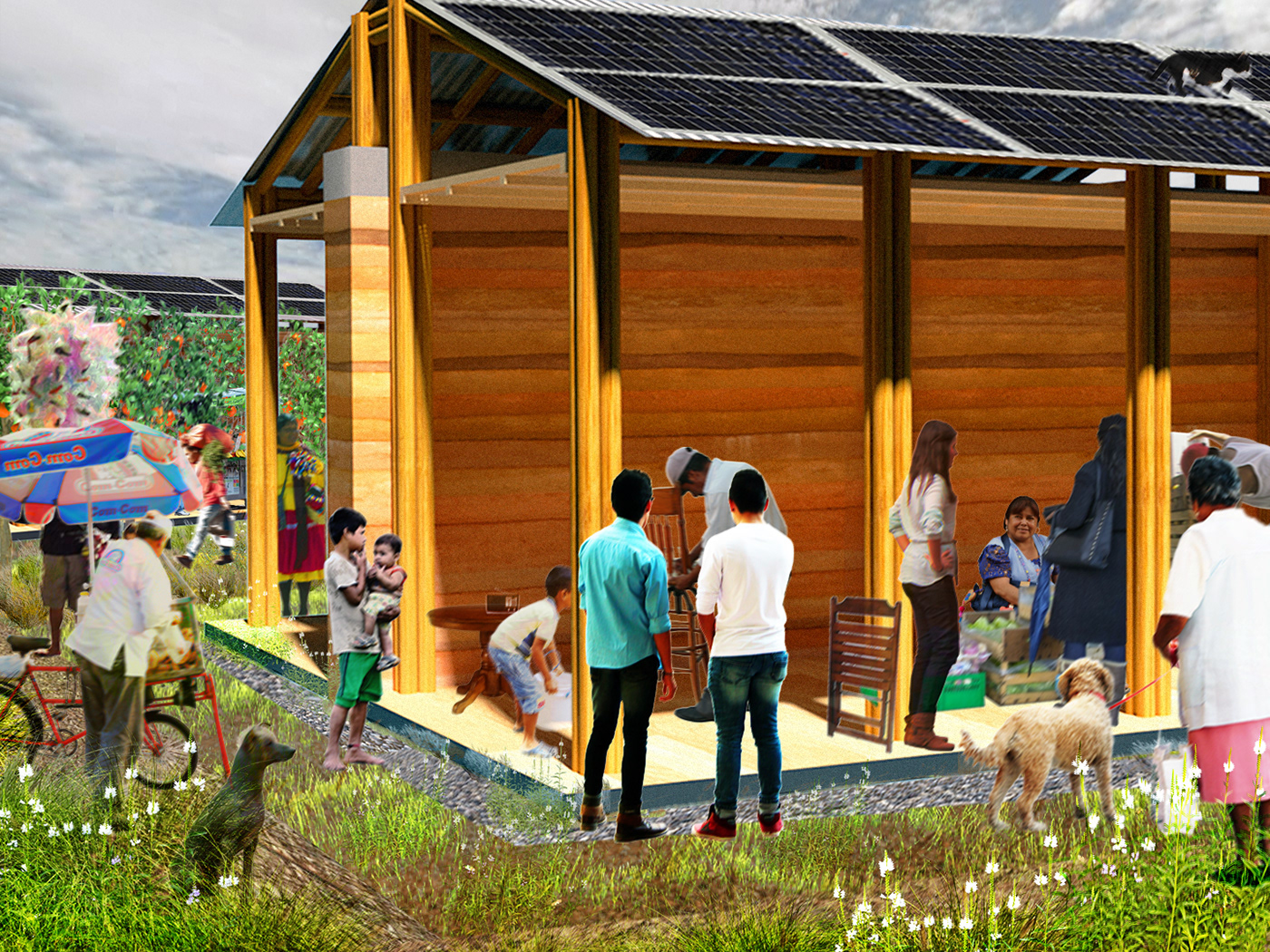
Perspective: Units as Community Market

Model: Site

Model: Site

Model: Units

Model: Units

Model: Units
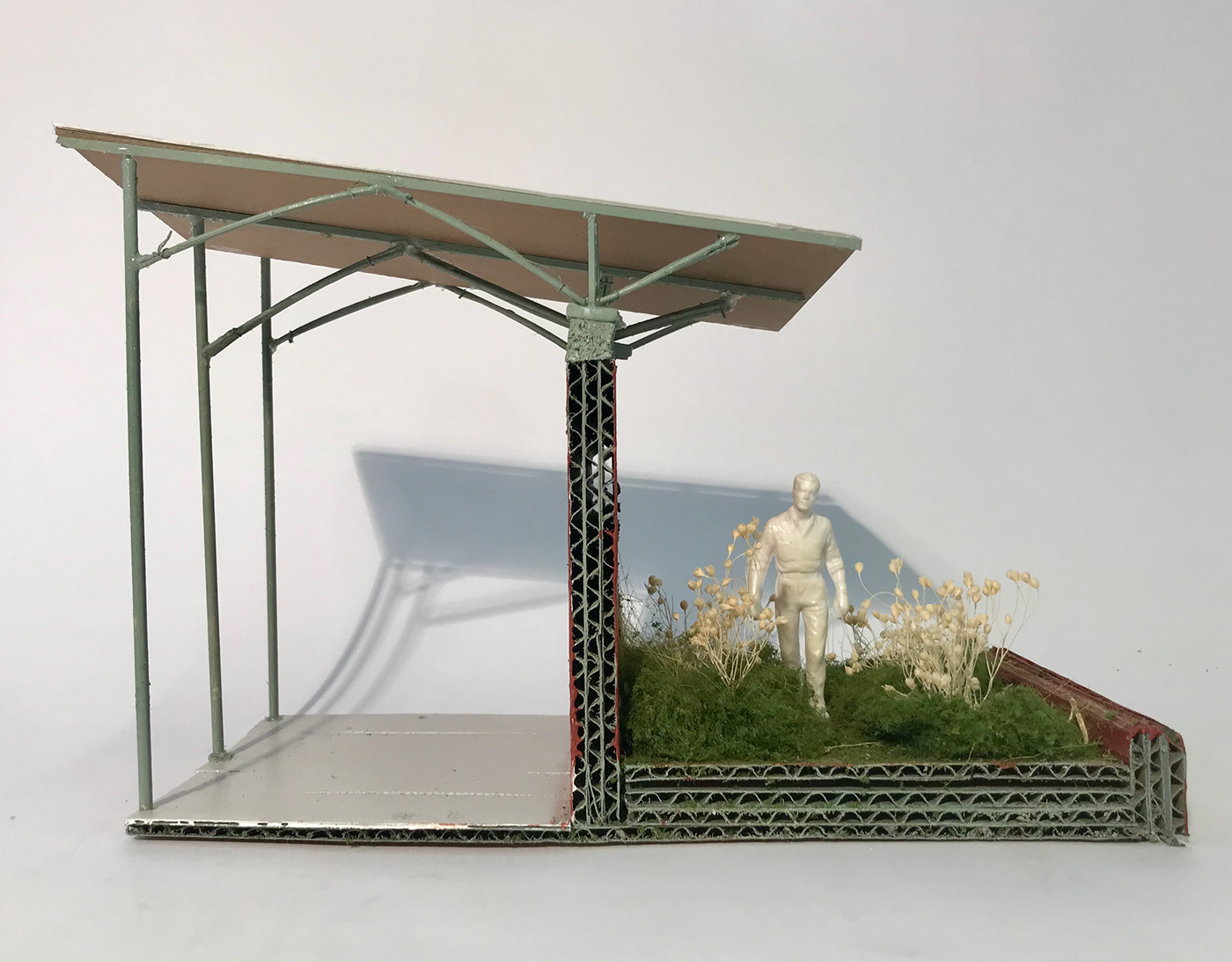
Concept: Units

Concept: Units
